How Are Leading Players Shaping the India Automotive Market in 2024-2025?
Published: 2025-09-10
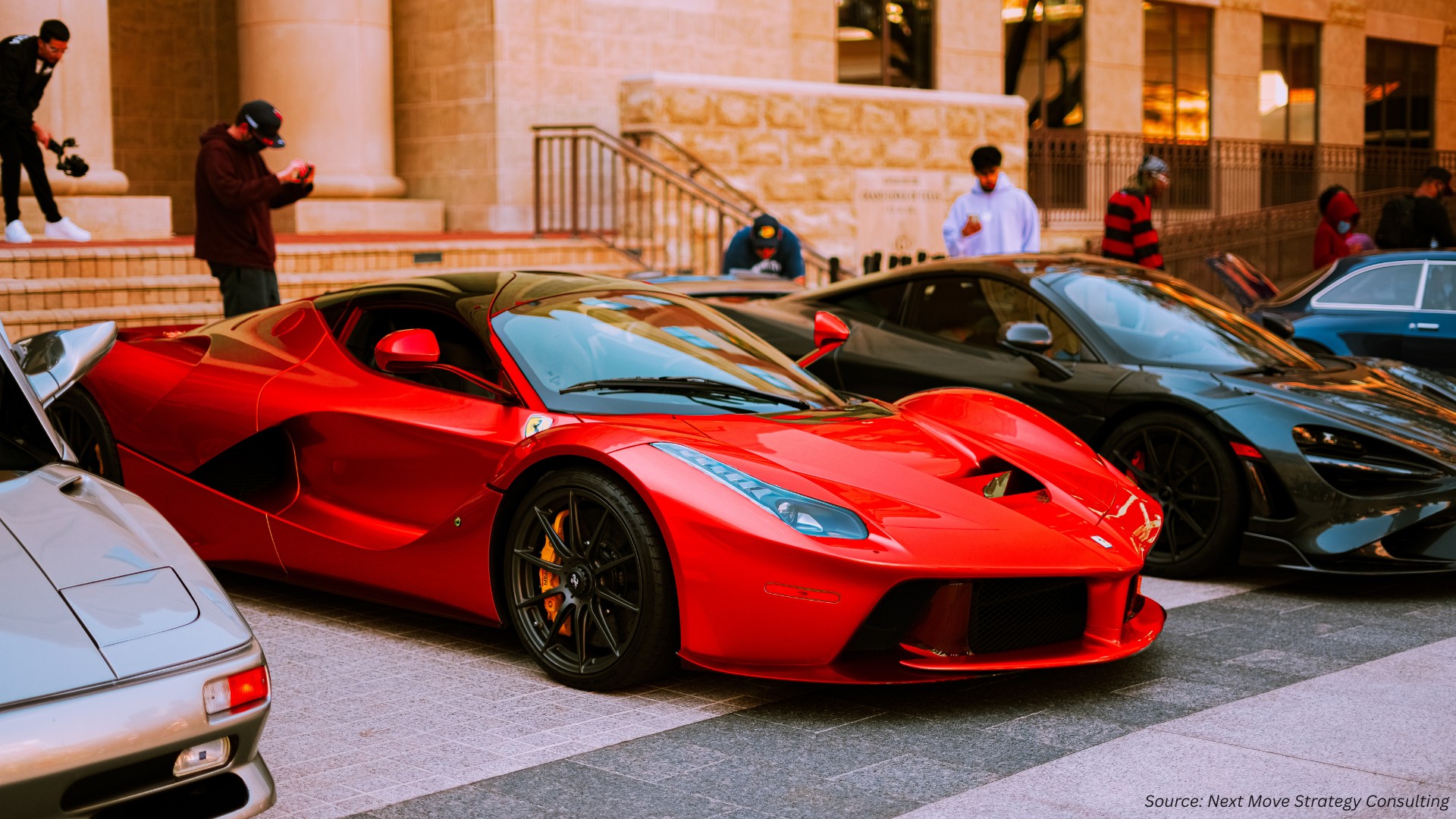
The India Automotive Market is buzzing with transformation, driven by rapid urbanization, a growing middle class, and a push for sustainability. In 2030, the market is projected to grow at a compound annual growth rate (CAGR) of 8.1%, reaching USD 196.46 billion.
But what strategies are the leading players—Maruti Suzuki, Tata Motors, Hyundai, Mahindra, and others—using to steer this growth? Let’s dive into their game plans, focusing on electrification, SUVs, and innovative partnerships.
Why Is India’s Automotive Market Booming?
India’s automotive industry stands as a vital pillar of the country’s manufacturing and economic landscape, contributing 7.1% to the national Gross Domestic Product (GDP) and accounting for 49% of the manufacturing GDP. As the world’s fourth-largest automobile producer, India holds the scale and strategic capability to position itself as a global leader in the automotive value chain. The industry encompasses a broad ecosystem that includes vehicle assembly, auto component production, and strong linkages with key sectors such as steel, electronics, rubber, information technology, and logistics.
In the fiscal year 2023–24, the country witnessed a surge in vehicle manufacturing, with over 28 million units produced. Beyond its industrial output, the automotive sector plays a crucial role in generating employment—both directly and indirectly—while also driving innovation. It serves as a cornerstone in India’s push toward green mobility, supports the nation's broader industrial objectives, and is integral to its evolving trade strategy.
Key drivers include:
-
Urbanization: Over 500 million people will live in Indian cities by 2030, boosting vehicle demand. Many global carmakers – such as Renault, Suzuki, Honda, Volkswagen - have set up their manufacturing base in the country.
-
Rising Incomes: Following rapid urbanization, the country will have over 500 million people living in cities by 2030—1.5 times the current US population. Rising incomes will also play a role, as roughly 60 million households could enter the consuming class (defined as households with incomes greater than $8,000 per annum) by 2025. At the same time, more people will join the workforce. Participation could reach 67 percent since 2020, as more women and youth enter the job market, raising the demand for mobility. Some of them would leap straight into four-wheeler segment, and others will graduate from two- to four-wheelers. Over 44 percent of the consuming-class households will be in 49 growth clusters—for example, the Delhi cluster is expected to have the same GDP per capita at purchasing power parity as the entire country of Russia in 2025.6 Cities like Delhi are a sweet spot for car manufacturers to target.
-
Government Support: Policies like the Production Linked Incentive (PLI) scheme and Faster Adoption and Manufacturing of (Hybrid) & Electric Vehicles (FAME) are accelerating electric vehicle (EV) adoption.
India’s automotive market is thriving due to demographic shifts, economic growth, and supportive policies. The stage is set for leading players to capitalize on these trends through strategic innovation.
Which Players Dominate the Market?
The India automotive market is led by a handful of giants, each with distinct strategies. Below is a snapshot of the key players and their market focus in 2024-2025:
|
Company |
Market Focus |
Key 2024-2025 Initiatives |
|
Maruti Suzuki |
Passenger Vehicles, Hybrids |
18% share in strong hybrid market; exploring new hybrid launches. |
|
Tata Motors |
EVs, SUVs |
Launched Tata Curvv (ICE & BEV); received INR 246 crore in PLI incentives. |
|
Hyundai Motor India |
EVs, Manufacturing Expansion |
Investing in new EV production facilities. |
|
Mahindra & Mahindra |
EVs, Global Expansion |
Launched BE.6E and XEV 9E BEV models for Indian and global markets. |
|
Toyota Kirloskar |
Strong Hybrids, SUVs |
81% share in strong hybrid market; 26,460 units sold in Q1 2025. |
Maruti Suzuki, Tata Motors, Hyundai, Mahindra, and Toyota dominate by focusing on electrification, SUVs, and hybrids, leveraging government incentives and consumer trends.
How Are Leading Players Betting on Electrification?
Electrification is a cornerstone of India’s automotive future, with battery electric vehicles (BEVs) and hybrid electric vehicles (HEVs) expected to grow rapidly through 2030. Here’s how top players are electrifying their portfolios:
-
Tata Motors: Launched the Tata Curvv in August 2024, offering both internal combustion engine (ICE) and BEV options, catering to diverse consumer preferences. Tata also secured INR 246 crore in PLI incentives to boost EV production.
-
Mahindra & Mahindra: Introduced two BEV models, BE.6E and XEV 9E, in December 2024, targeting both Indian and global markets.
-
Hyundai Motor India: Committed to new EV manufacturing facilities, aligning with India’s zero-emission goals.
-
Suzuki: Unveiled its first EV, the e-Vitara, in November 2024, aiming for global markets.
Government Support:
-
The PLI scheme and FAME initiatives provide financial incentives, with major original equipment manufacturers (OEMs) planning to add 4 million vehicles to production capacity by 2030.
-
FAME-II aimed to accelerate the adoption of electric and hybrid vehicles by offering incentives to consumers.
Leading players are heavily investing in EVs, supported by government incentives, to capture the growing demand for sustainable mobility.
Why Are SUVs and E-SUVs Gaining Traction?
Sport utility vehicles (SUVs) and electric SUVs (E-SUVs) are surging in popularity, driven by consumer demand for versatility and eco-friendly options. A combination of several factors has driven the soaring popularity of SUVs among Indian consumers across various demographic segments. SUVs in India are no longer seen as just utility vehicles—they’ve become status symbols for a growing middle class seeking vehicles that reflect their success. Improved road infrastructure across urban and rural areas has also made SUVs more practical for everyday use.
Manufacturers have expanded the SUV segment with models starting around ₹7 lakh, making them accessible to a wider audience. Additionally, enhanced features like advanced safety, connectivity, and comfort at competitive prices have made SUVs more attractive than similarly priced sedans, fueling their rapid adoption.
Market Insight:
The rise in SUV sales reflects consumer preferences for spacious, versatile vehicles, with E-SUVs gaining ground due to environmental awareness. The surge in buyer interest has led to a wide variety of SUV categories in the Indian automotive market. From traditional UVs and full-size SUVs to compact, sub-compact, and micro SUVs—there is now a model to suit nearly every type of consumer. This diversification has also paved the way for electric SUVs (e-SUVs), which blend utility with eco-friendly powertrains, attracting environmentally conscious buyers.
Today’s consumers increasingly prioritize advanced features such as connected car technology, multiple airbags, and panoramic sunroofs—highlighting a clear shift in preferences. Original Equipment Manufacturers (OEMs) have effectively responded by offering vehicles that balance utility with enhanced comfort and aspirational value, addressing the evolving ‘need-value-aspirational’ expectations of modern buyers.
How Are Partnerships Driving Innovation?
Collaboration is key to staying competitive in India’s automotive market. In 2024, strategic partnerships are accelerating innovation:
-
Tata Elxsi and Emerson: Launched the Tata Elxsi + NI Mobility Innovation Centre (TENMIC) in Bengaluru in July 2024, focusing on advanced technology and software solutions for automotive development.
-
Global OEMs and Suppliers: Companies like Hyundai, Kia, and Toyota are partnering with local suppliers to enhance production efficiency and reduce costs.
These partnerships leverage global expertise and local resources, fostering innovation in software-defined vehicles and EV technology.
What’s Next for India’s Automotive Market?
The India automotive market is poised for robust growth, driven by electrification, SUVs, and strategic partnerships. Leading players are aligning their strategies with consumer trends and government policies to stay ahead.
Next Steps for Stakeholders:
-
Invest in EV Infrastructure: Expand charging networks to support BEV growth.
-
Focus on SUVs: Develop hybrid and electric SUV models to capture market share.
-
Leverage Partnerships: Collaborate with technology firms for software-defined vehicles.
-
Monitor Policy Updates: Stay informed on PLI and FAME incentives to maximize benefits.
-
Target Urban Markets: Focus on cities like Delhi, where GDP per capita is rising.
Conclusion:
By prioritizing electrification, SUVs, and innovation, leading players like Maruti Suzuki, Tata Motors, Hyundai, Mahindra, and Toyota are steering India’s automotive market toward a sustainable and prosperous future.
About the Author
 Sneha Chakraborty is a seasoned SEO Executive and Content Writer with over 4 years of experience in the digital marketing space, bringing a strong command of online visibility strategies and a keen insight into the evolving digital landscape. She specializes in enhancing online visibility and user engagement through data-driven strategies and creative content solutions. Sneha is passionate about translating complex digital concepts into accessible content for a wide audience. Outside of work, she enjoys reading, sketching, and exploring the outdoors through nature photography.
Sneha Chakraborty is a seasoned SEO Executive and Content Writer with over 4 years of experience in the digital marketing space, bringing a strong command of online visibility strategies and a keen insight into the evolving digital landscape. She specializes in enhancing online visibility and user engagement through data-driven strategies and creative content solutions. Sneha is passionate about translating complex digital concepts into accessible content for a wide audience. Outside of work, she enjoys reading, sketching, and exploring the outdoors through nature photography.
About the Reviewer
 Debashree Dey is a skilled Content Writer, PR Specialist, and Assistant Manager with strong expertise in Digital Marketing. She specializes in crafting visibility strategies and delivering impactful, data-driven campaigns. Passionate about creating engaging, audience-focused content, she helps brands strengthen their online presence. Beyond work, she draws inspiration from creative projects and design pursuits.
Debashree Dey is a skilled Content Writer, PR Specialist, and Assistant Manager with strong expertise in Digital Marketing. She specializes in crafting visibility strategies and delivering impactful, data-driven campaigns. Passionate about creating engaging, audience-focused content, she helps brands strengthen their online presence. Beyond work, she draws inspiration from creative projects and design pursuits.
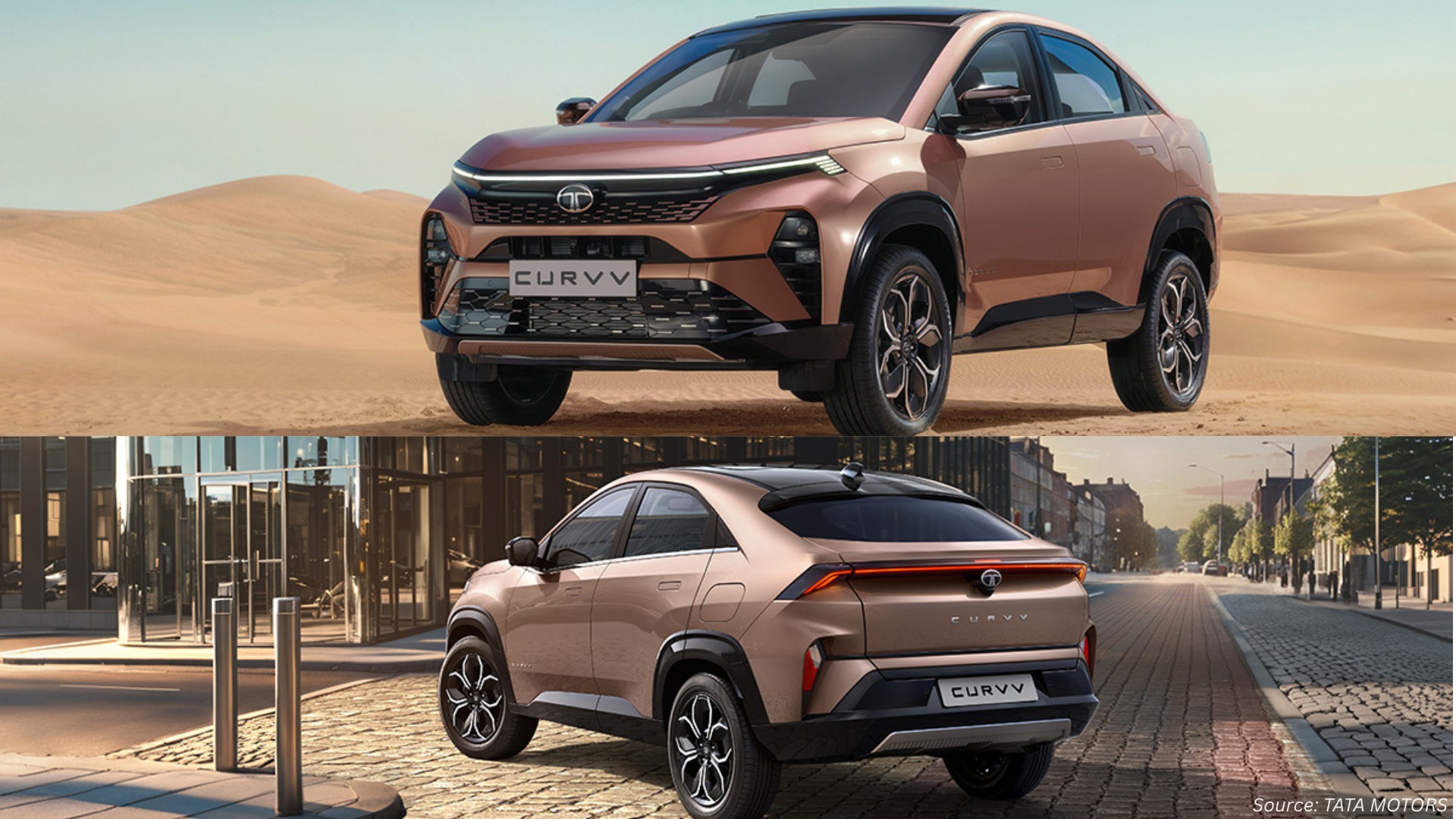
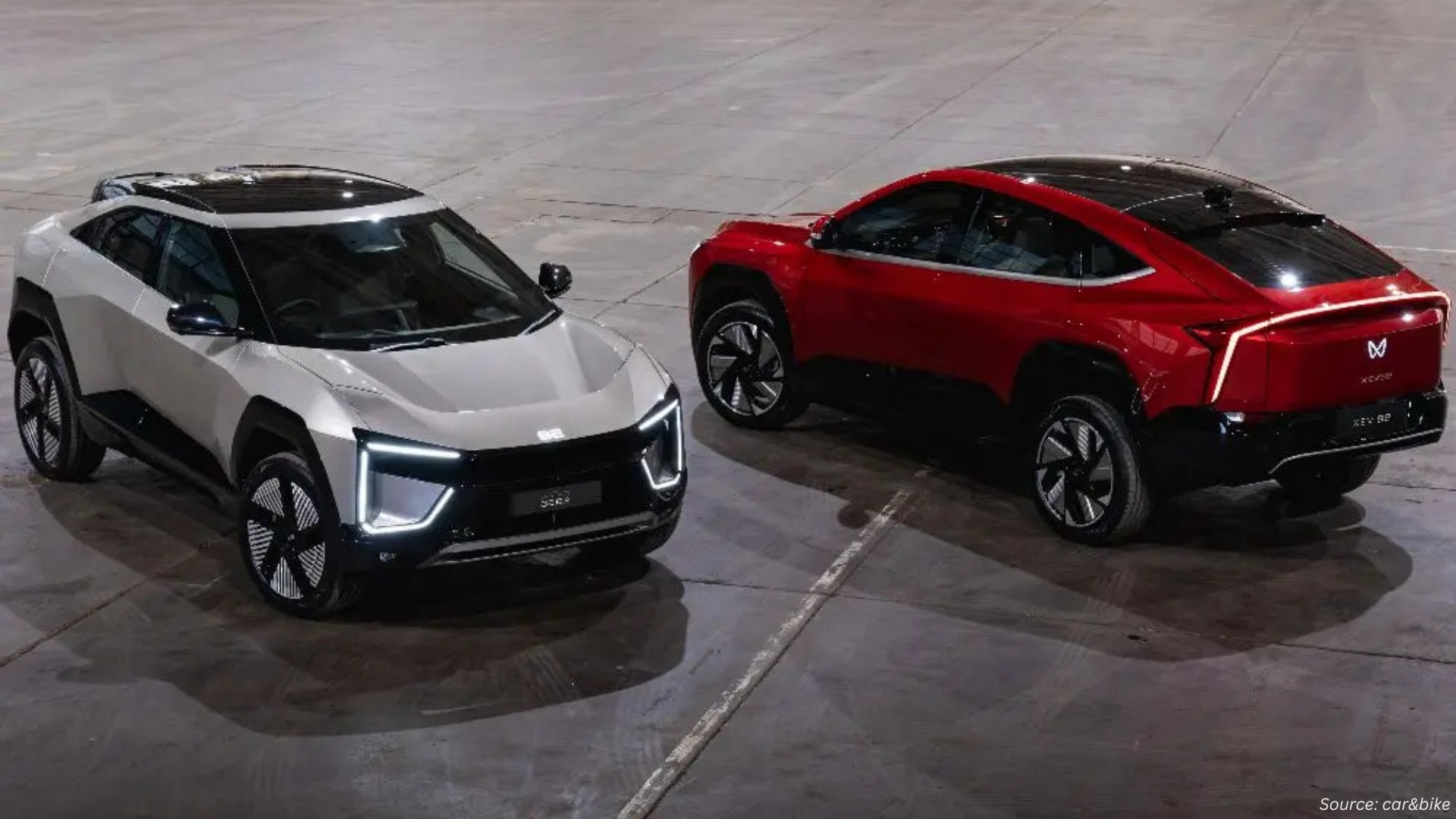
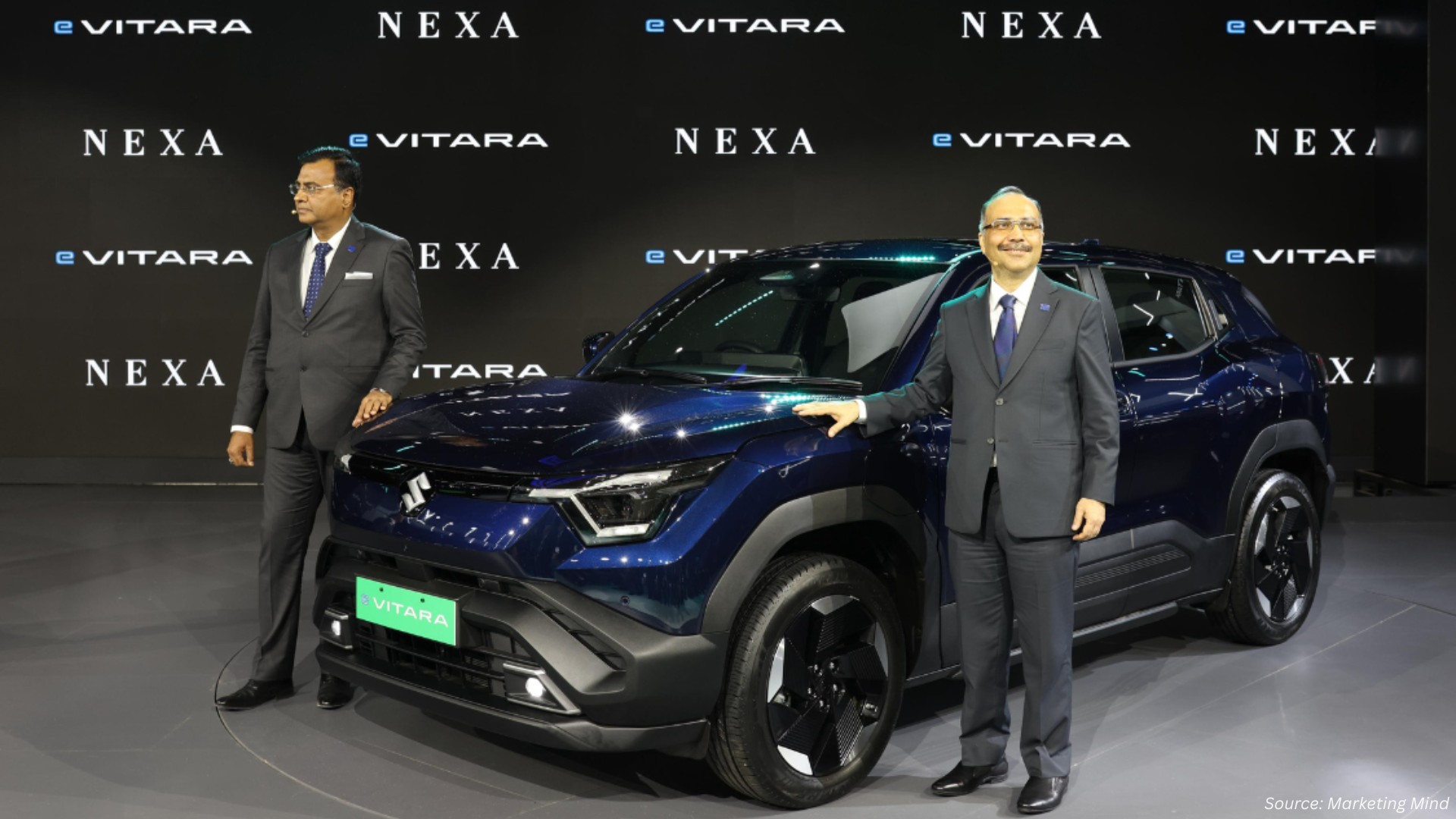









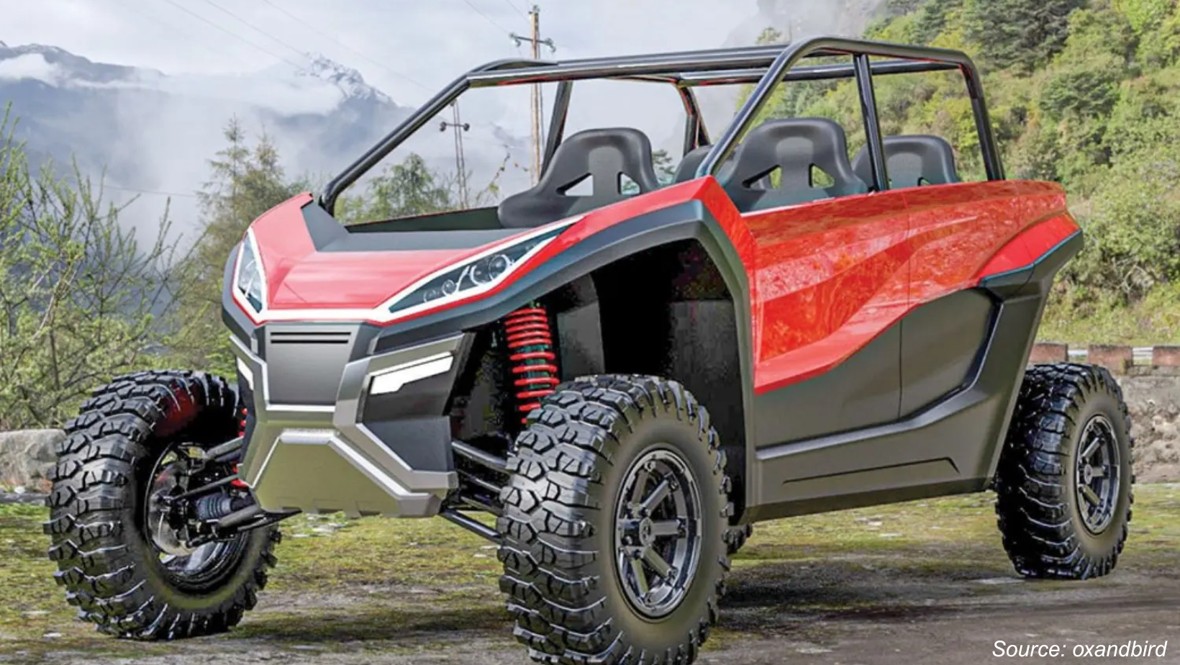


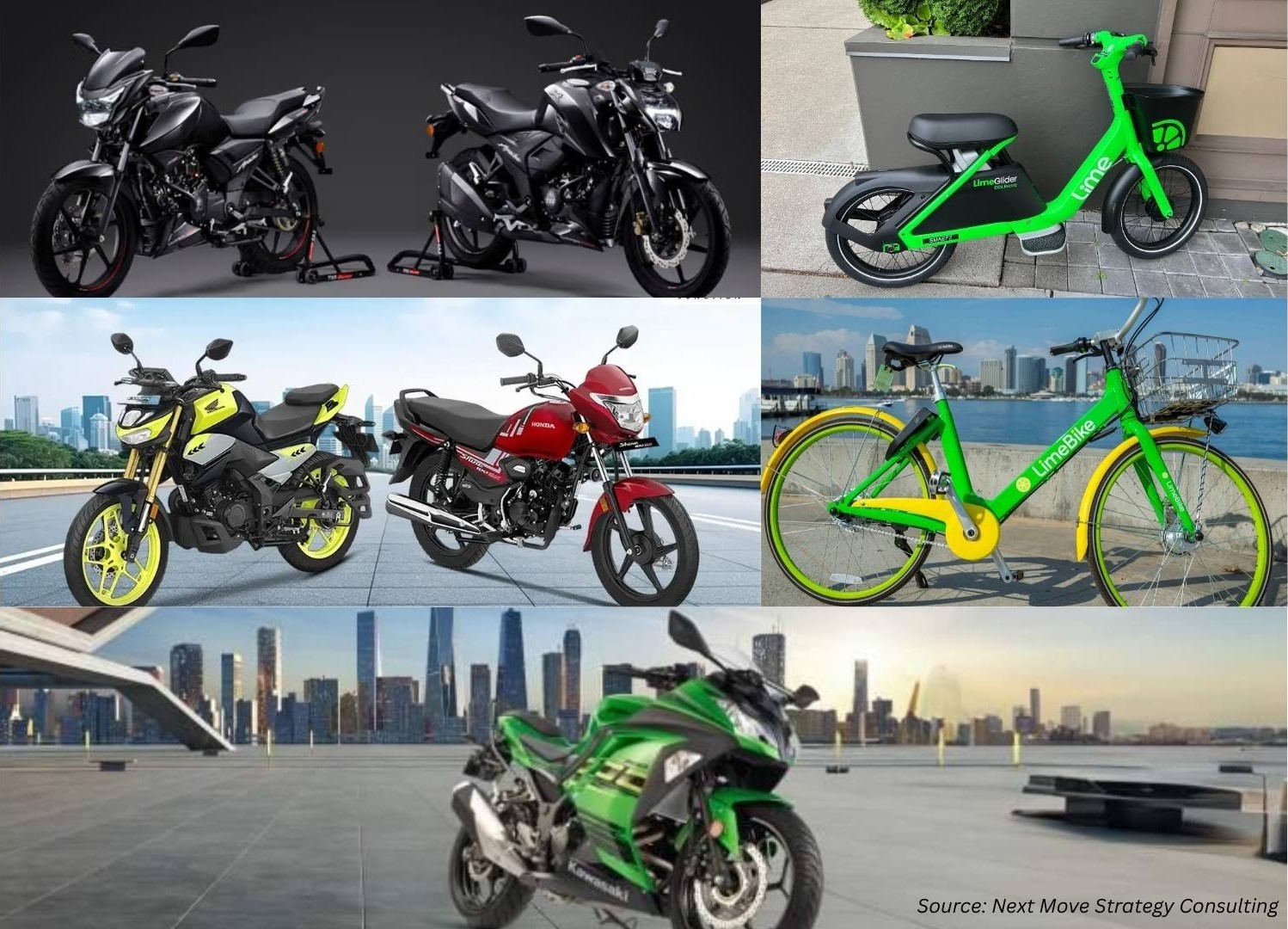




Add Comment